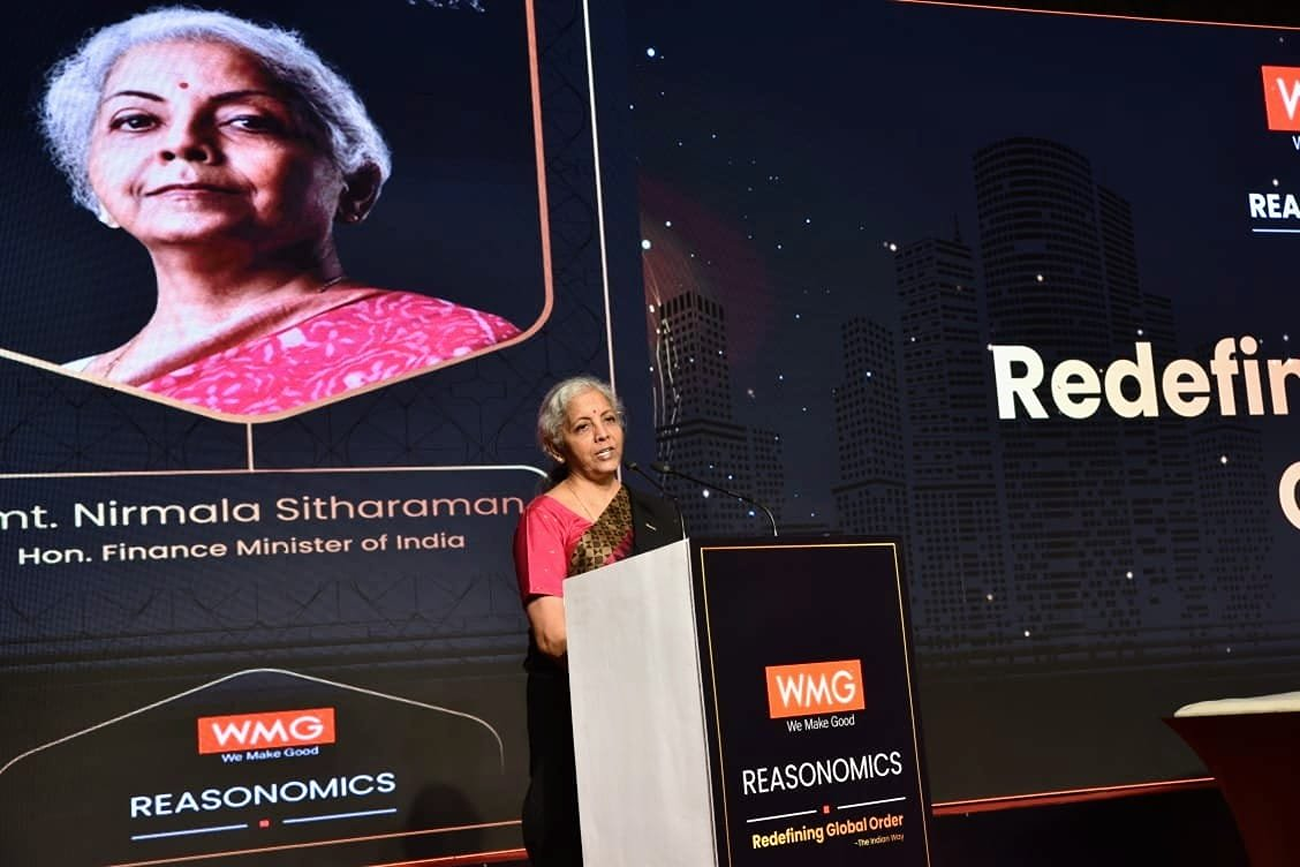Helix of Q2: How Embedded Finance Revitalizes Local Communities

Customer engagement has established itself as one of the most important, if not the most important, factors a financial service must consider in order to find success. An obstacle the incumbents tend to fall for, local communities can be revitalized by digitization – but how?
Ahon Sarkargeneral manager at Helix of Q2a cloud-based built-in financial platform, sat down with Fintech Times to explain how embedded economy can benefit local communities:

As I traveled around the country visiting our banking partners, I noticed a common theme. When I walk down the street with the CEO or GM of a bank, they are treated like celebrities. Almost everyone we pass smiles and waves, and someone will always shout out some version of “Hey, are you coming to the barbecue on Saturday?” And the answer is always: “Of course, I’ll be there.” I bring my dogs; I’m bringing my kids.”
The reason for the familiarity is that the local bank is the center of that community, and chances are that most people walking down the street have an account with or have borrowed money from that bank.
In our 24/7 digital world, it’s easy to forget that local financial institutions have historically been the epicenter of supporting communities, and the strength of local banks lies in the personal relationships with individual customers. Even today, community banks finance approximately 60 percent of small business loans and 80 percent of agricultural loans.
Over the past 20 years or so, many communities have lost their local banks, in part due to digital trends that have disrupted the industry with new entrants and increased investment in technology innovation by larger banks. At the same time, many banks and credit unions have been challenged to keep up with the changes because they use older core systems. Maintaining these systems (which can be up to 50 years old) is not only expensive, but the systems simply cannot support the modern technology that banks need to serve their customers — and that customers demand.
The cost also makes it difficult to serve customers with low balances. That creates a dynamic where tens of millions of low-income people are underserved across the United States because they don’t make money for banks.
As we all know, being poor in America is expensive; these are the people who get “fee’d” to death. A report came out last year Financial Health Network found that low-income households (especially those of color) disproportionately shouldered the burden of bank fees. Not surprisingly, this leads to many in these communities dropping out of banking altogether and joining the ranks of the unbanked and underbanked.
This leaves us with a situation where, over the last few decades, community banks have closed while banks of all sizes struggle to maintain expensive legacy core systems, increasing fees and increasing the number of underserved communities. These are all complex problems – and they are all being addressed with innovative digital tools.
In addition, many of the deposits have been concentrated in larger banks, making it more difficult for community banks to lend and grow in their communities.
So how can we revitalize community banks and, in turn, the communities they support? As it turns out, modern financial technology does just that.
Community development – from location-based to virtual
As societies have evolved, societies have grown with them. People began to organize themselves around religious affiliation and shared cultural heritage to begin with, which has transformed into today’s society that revolves around schools or social clubs. All these communities have one thing in common: they have always been place-based. With the rise of digital communication and social media over the past two decades, people now engage as much (if not more) digitally as they do physically.
In addition to individuals forming digital communities around an idea or belief, social media platforms form communities based on consumption. TikTok is radically successful because it figures out which communities you want to be a part of within the first 30 minutes of using the app. By knowing what you do and don’t see, and who you like and don’t like, TikTok builds community around shared belonging and belonging.
From individual to community
Digital tools enable fintechs to create unique products that are hyper-focused around communities, and even personalized to each individual. And by being a cloud-based core and built on modern microservices technology, new built-in financial tools such as Helix, Market and Galileo can cut the cost of serving a user to a fraction of traditional FIs. This creates a business model where it is profitable to serve underserved users, which has led to the creation of a multitude of companies that create solutions for low-income individuals – people who need help.
For example, Pleasuresalary platform, allows users on automatic deposit to access their money (interest-free) between pay days. Acorns, which is focused on people just starting to grow their wealth, offers a personal account for $3 per month. The company uses the context they have about the customer and the life stage they are in to help the customer make financial decisions. There are many examples of fintechs focused on a specific niche market – and many partner with community banks.
We now have huge billion dollar fintech companies building products and these accounts are held with local community institutions. And that in turn has fueled billions of dollars of deposits, which has allowed banks that MVB and NBKCamong other things to grow their local communities.
Put another way, the intersection of embedded finance and community banking allows the growth of virtual communities centered on fintech innovation to empower the revitalization of physical communities “IRL.” It’s a classic “virtuous cycle”—and the opportunities for community banks to get involved have only just begun.
























